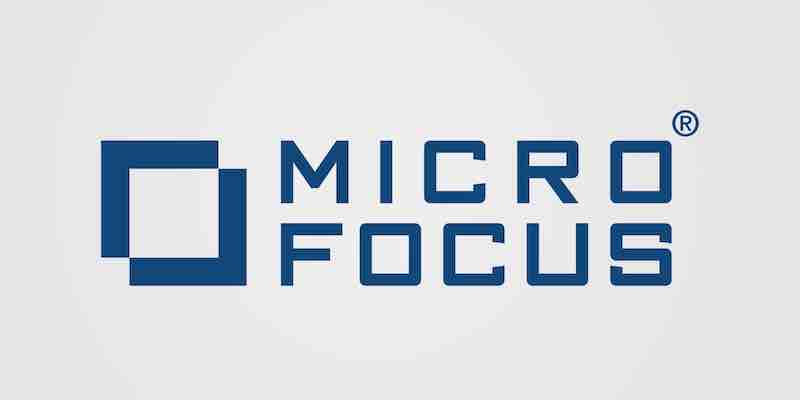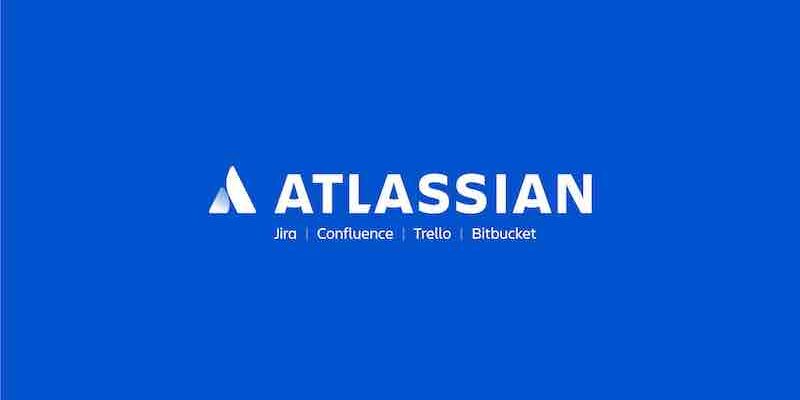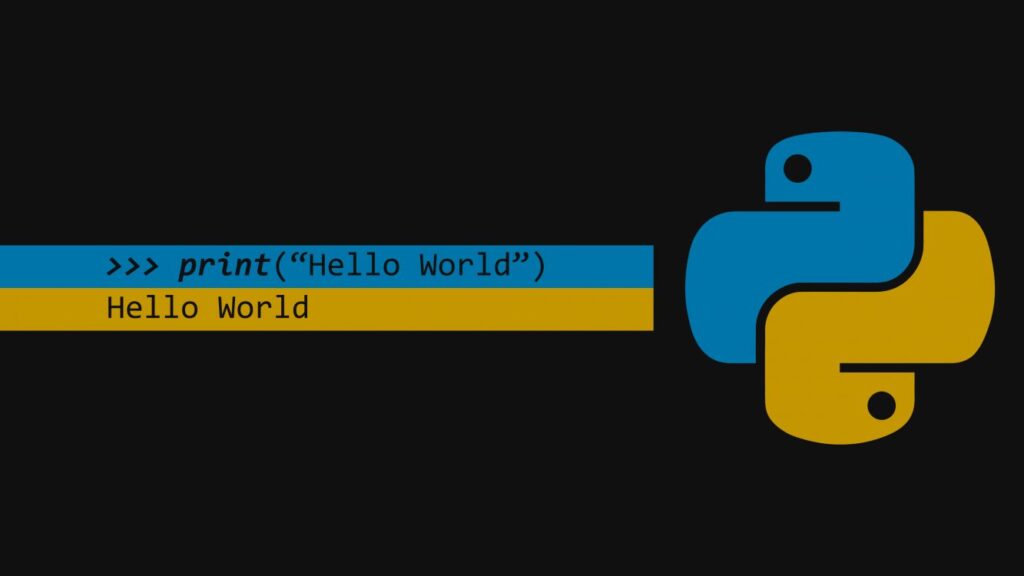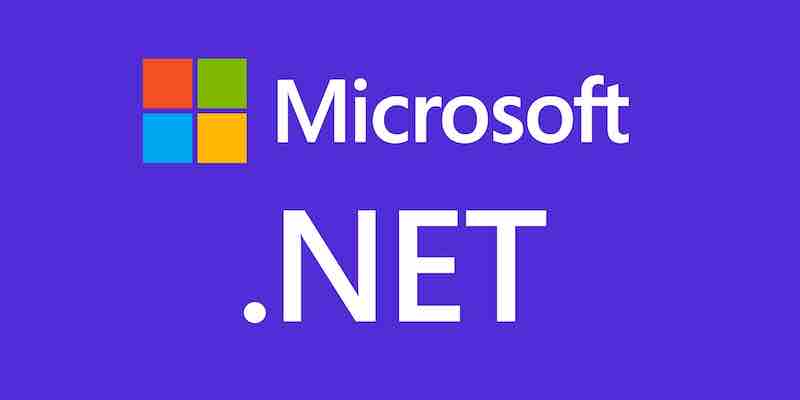Test-Driven Development (TDD) and Domain-Driven Design (DDD) are both software development approaches aiming to improve the development process’s quality and efficiency. However, they focus on different aspects of the development process and have other goals and techniques. TDD is a software development practice that involves writing tests for a piece […]
Devamını Oku
LoadRunner is a performance testing tool developed by Micro Focus. It is used to test the performance and scalability of applications by simulating a high volume of user traffic and measuring the application’s response time and resource utilization. One advantage of LoadRunner is that it is a comprehensive and powerful […]
Devamını Oku
FitNesse is a web-based acceptance testing framework for software. It allows users to define and execute acceptance tests for web applications using a simple, wiki-based syntax. FitNesse is implemented in Java and can test applications written in any language. One advantage of FitNesse is that it is easy to use […]
Devamını Oku
There are several test case management tools
Devamını Oku
Software craftsmanship is a software development philosophy emphasizing the importance of creating high-quality, well-crafted software. It advocates continuous learning, professionalism, and attention to detail to create reliable, maintainable, scalable software. Extreme Programming (XP) is a software development methodology based on values and principles prioritizing simplicity, communication, and feedback. It emphasizes […]
Devamını Oku
PyUnit is the standard unit testing framework for Python. It is a part of the Python Standard Library, so it is distributed with Python and requires no additional installation. One of the main advantages of PyUnit is that it is easy to use and integrates well with other parts of […]
Devamını Oku
Agile, Agile Manifesto Agile is a set of values and principles for project management that was first outlined in the Agile Manifesto, a document created by a group of software developers in 2001. The Agile Manifesto emphasizes the importance of flexibility and adaptability in the development process and promotes a […]
Devamını Oku
NUnit is a unit testing framework for the .NET platform. It is designed to make it easy to write and run repeatable tests and to allow tests to be grouped and organized logically and meaningfully. One advantage of NUnit is that it is a mature and well-supported framework with a […]
Devamını Oku
Product teams can choose from many different processes and methodologies, and trying to understand how they all fit together can be overwhelming. However, you’re right that focusing on the values underpinning these methods can make it easier to see how they are related and can be used together effectively. Lean […]
Devamını Oku
Conway’s law is a principle that states that the structure of a software system reflects the structure of the organization that created it. It suggests how a company is organized and communicates will influence the software’s design. This can lead to “unnecessary complexity” in the software, as the organization’s structure […]
Devamını Oku









